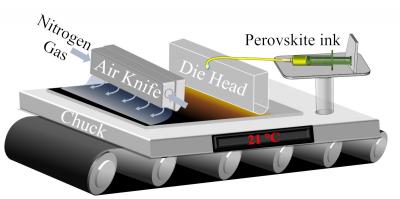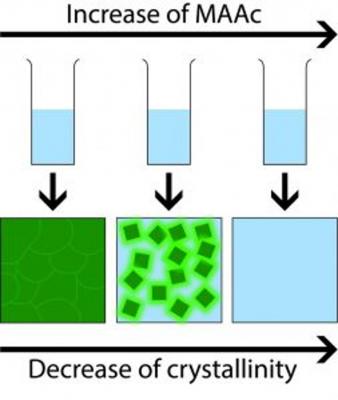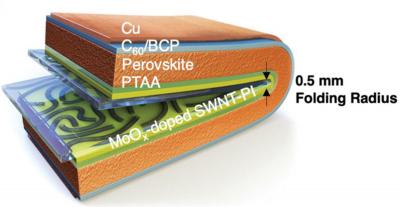CEA-INES researchers report 18% power conversion efficiency for perovskite solar modules
A team of researchers at the French National Solar Energy Institute (INES) at the country's Alternative Energies and Atomic Energy Commission (CEA) has announced achieving 18% power conversion efficiency of perovskite solar modules.
They were able to achieve this level on an active surface area of 10 cm2 under illumination of 1 STC sun, using a coating step carried out in air followed by a gas quenching conversion step to form the desired perovskite material. This material was developed without methyl ammonium comprising multi-cations and a mix of halogens.



